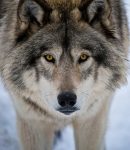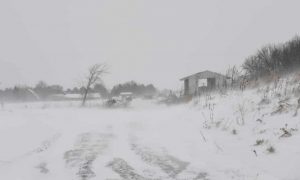Who guessed this would happen? The recent heat wave in the Pacific Northwest basically cooked all the coastal marine life. It’s an ugly way to die.
“Barnacles very high on the shore can survive temperatures above 100 degrees Fahrenheit,” Harley said. “But the rocks got up to 120 degrees Fahrenheit, which is far too hot for even those really, really tough animals to live through.”
“We saw the moon snails crawl out of their shells to get away from the heat,” biologist Teri King with Washington Sea Grant said. “We saw shore crabs die.”
Some mobile animals like crabs and sea stars may have been able to flee with the tide and stay underwater, and some deeper-residing clams like geoducks may have been able to burrow far enough into the mud to avoid lethal temperatures.
Shellfish farmers who saw the forecast for unheard-of heat could try to reduce their losses.
“We tried to get everything out that we could beforehand,” said Justin Stang with the Hama Hama Oyster Company on Hood Canal. “We told everyone, ‘Let’s get shellfish out to the restaurants before the big heatwave hits.’”
I hate to break the news to you, guy, but rushing to get your oysters to restaurants doesn’t exactly save them. But to continue our concerns about just us…
Beyond the immediate dieoffs, Teri King said she worries about longer-term effects.
“We’re still going to have nutrients running into Puget Sound that are still going to be fueling phytoplankton,” she said.
With fewer filter feeders like clams and oysters to slurp up plankton, harmful algae might be able to bloom unchecked, which could threaten the sound’s water quality and lead to fish kills.
This is bad. The animals we rely on to clean up the crap that runs off from our farms and cities have died! What shall we do?
All the little things add up. We think a heat wave that lasts a few weeks will cause us some substantial discomfort, but everything is interconnected, and the consequences will ripple outward. Pile up a few ripples, and soon enough you’ve got a killer wave that devastates more than your air conditioning bill.







